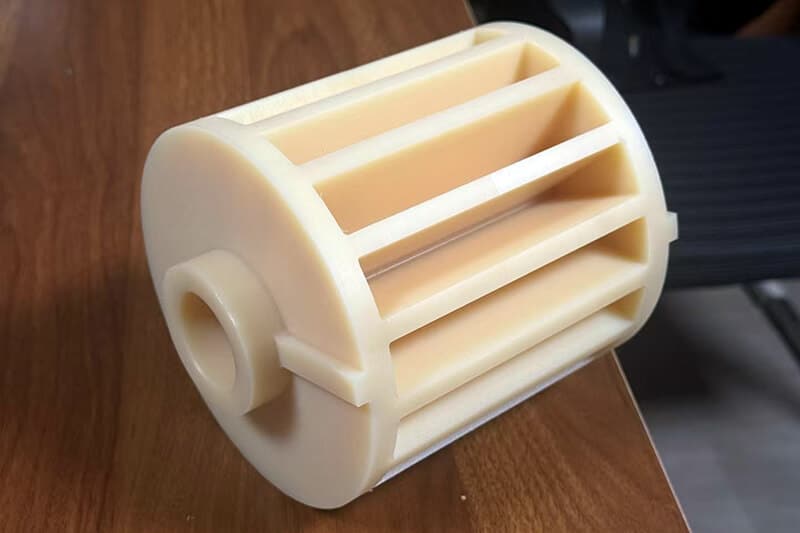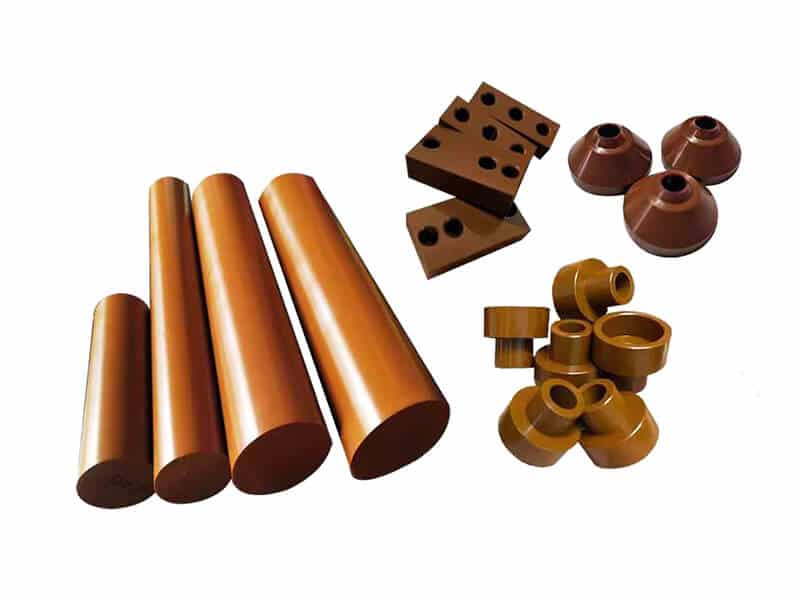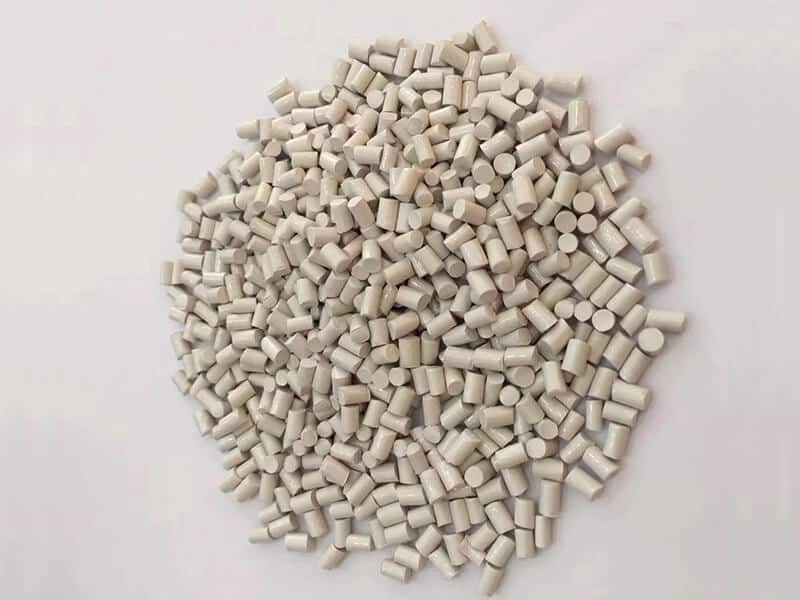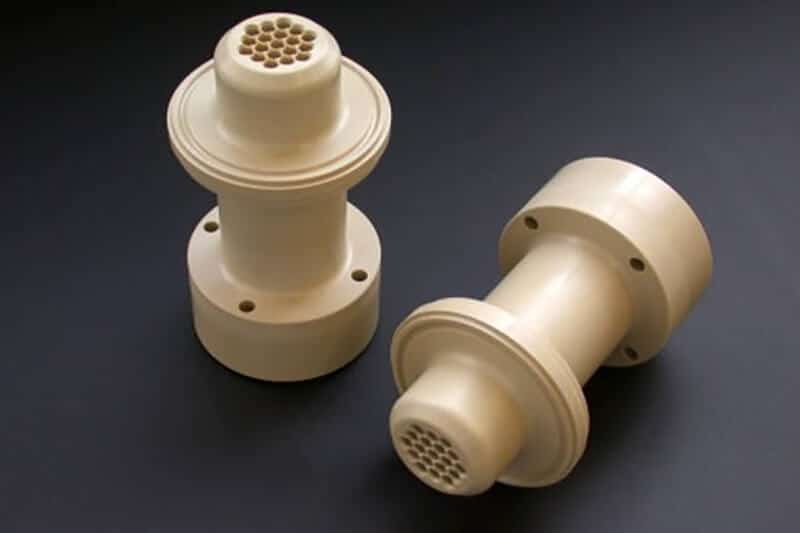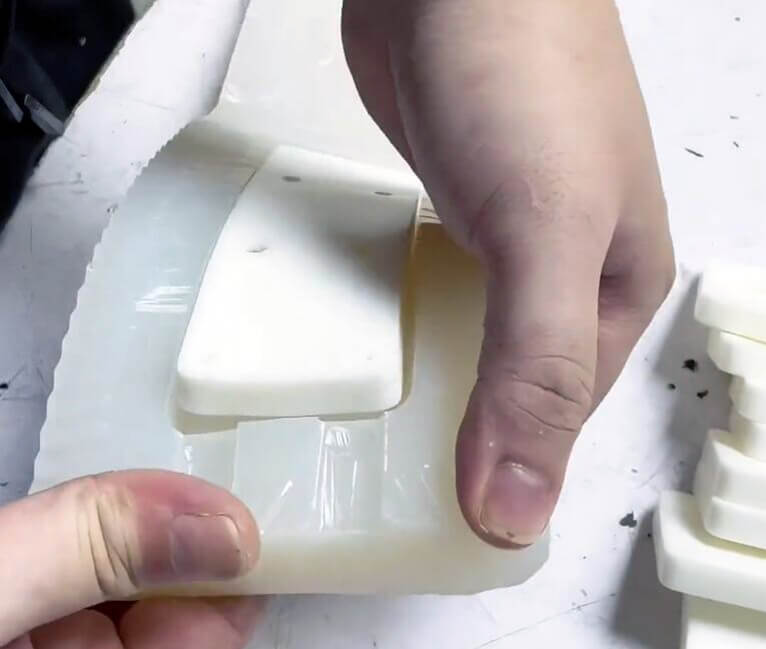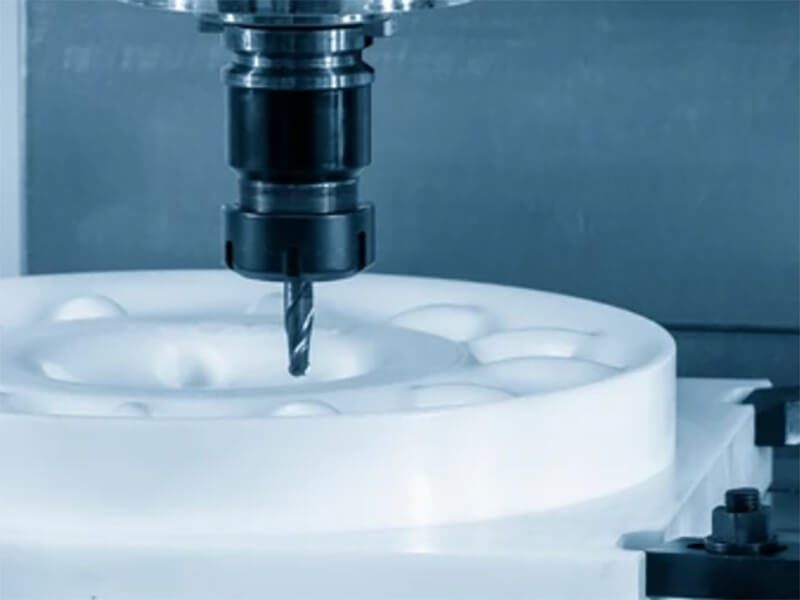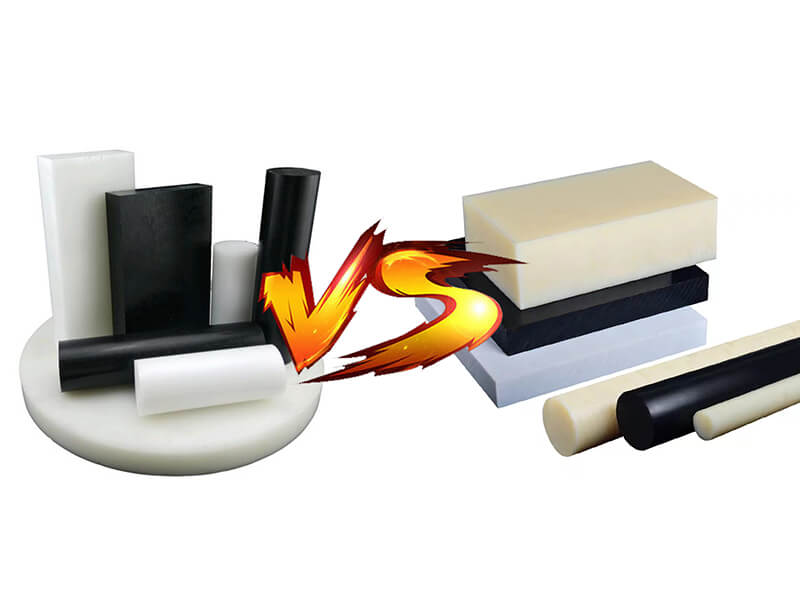ABS Plastic and Health: Risks & Benefits Explored
Explore the impact of ABS plastic on human health: a balanced exploration of risks and benefits awaits in this informative insightful guide.

The ABS plastic, Acrylonitrile Butadiene Styrene, is a popular construction material with an above $21,340 yearly market size. It is used to produce various electronic, automotive, musical, cleaning equipment, etc. parts. Its wide use in household items like utensils, insulating containers, etc. and kids’ toys seeks more significant concern regarding this plastic’s health hazards.
Following this, it is crucially vital that end-users, engineers, manufacturers, and product designers understand the concept of ABS plastic and health. Here, we explore the health risks and benefits of this construction material. Let’s start.
Basics of ABS Plastic
As per the core, ABS plastic is a chemical composition of three monomers: acrylonitrile, butadiene, and styrene. In its production process, the polymerization of acrylonitrile and styrene creates short poly-acrylonitrile- styrene which forms ABS long-chain polymer after mixing with butadiene. Here, the proportion of each monomer used depends on the desirable quality of the ABS plastic.
Even though this plastic was patented in 1948 and commercial use started in 1954 by Borg-Warner Corporation, it received FDA approval at the beginning of this century. The Code of Federal Regulations (CFR) Title 21 § 177.1020 recognizes this amorphous copolymer as food-grade material.
Properties of ABS Plastic
Here, we point out the most essential properties of this plastic.
Most Common Applications of ABS Plastic
The following are the must-know applications of this construction material.
Evaluation of ABS Plastic Considering Health Impacts
Due to the non-toxic properties of this plastic material, it is considered less harmful to the human body and the environment. Another core thing is that it does not break down or release harmful elements while in contact with foods, warm and cold water, moderate heat, human touch, etc.
Still, it is proven that every plastic is harmful to human health. This statement makes evaluating its health-related risks against benefits significant.
Health Risks of ABS Plastic Use
Below are the findings from our evaluation of health hazards associated with using this plastic construction material product.
Exposure to Styrene
First, this copolymer contains styrene, which has some adverse health impacts. Using ABS-made items triggers styrene exposure when humans and foods come in contact with those items. Following this, the human respiratory and nervous systems have a negative impact.
Toxic Gases Production
Secondly, if any item made of this plastic is burned to dispose of, the burning generates thick-black smoke containing carbon monoxide and hydrogen cyanide. Both of these gases possess negative impacts on the human heart and brain, which eventually cause unconsciousness, headache, permanent breathing problems, asphyxiation, and even death.
Additives and Monomer Release
ABS is generally not used in conventional food packaging and container construction. However, it produces insulating containers to transport dairy products and meats. If the heat is not balanced correctly, the additives and monomers of the construction material can contaminate the mentioned food items.
In this case, the migration of additives is a prevalent scenario. Finally, consumption of the respective dairy and meat imposes adverse health impacts.
Impact of Bisphenol A
Bisphenol A in ABS plastic interrupts the hormonal and endocrine systems, resulting in hormonal imbalance. This hormonal imbalance leads to influence congenital disabilities, protests, breast cancer, etc.
Most importantly, the workers involved in ABS plastic production pose health risks due to inhalation and skin contact with ABS dust, chemicals, etc. If proper protective measures are not practised, they face issues like infertility, child-born with learning disabilities, cardiovascular diseases, diabetes, and obesity.
Ultrafine Particles Emission in 3D Printing
ABS plastic materials are widely used in 3D Printing. The thermoplastic feedstocks made of this plastic produce ultrafine particles and VOCs. The ultrafine particles easily penetrate the human body through breathing and become mixed with blood. Again, the inhalation of VOCs triggers headaches, skin irritation, nausea, and so on.
Benefits Vs Risks of ABS Material Use
ABS facilitates several advantages in product durability, flexibility, rigidity, insulation, portability, and many more. This section counts the benefits against the health impacts mentioned above.
Benefits Vs. Styrene Exposure
Well, the associated styrene exposure certainly has adverse health impacts. But, if the end-using material is produced through effective formulation and hosts a low proportion of styrene, these impacts touch nearly zero.
So, with the lower possible exposure to styrene, this plastic can add value to a product in terms of greater rigidity, impact tolerance, durability, etc.
Benefits Vs Toxic Gases Production
Every product manufacturer that uses ABS warns about the negative impacts of burning the items. Also, there is no reason to burn it for disposal as ABS is highly recyclable. The context also encourages this material use, facilitating more excellent product durability, adequate hardness, thermal insulating properties, etc.
Benefits Vs. Additives & Monomer Release
As mentioned earlier, the ABC-made insulation container releases the additives and monomers only if the temperature is not regulated correctly. People can take the benefits of saving dairy and meat transport costs substantially by critically regulating the temperature in the transporting processes.
Benefits Vs. Bisphenol A Exposure
Every factory that uses ABS as a product construction material follows strict guidelines. Unless the worker is careless, there is no chance that any worker will get sick due to the exposure to Bisphenol A. Still, studies show workers working in plastic factories for 10-20 years host some health problems.
Benefits Vs. Harmful Elements Released in 3D Printing
ABS’s fascinating capacity against impact and high temperature makes it suitable for 3D Printing. Here, its smoother and matte surface also acts as a crucial matter. Considering these superior benefits, the impact of VOCs and ultrafine particle release becomes negligible for two reasons.
First, the associated health impact is not countable if a human goes for a limited number of 3D Prints. Our bodies are already used to more devastating scenarios: contemporary air, water, soil, etc. pollution. Second, if a human spends a whole day in 3D Printing, it is considered commercial production, and the person uses proper protective gear to mitigate the risks.
Final Words
We hope our elaboration on ABS plastic and health is adequate to understand how this plastic impacts our health. Still, considering the beneficial outcomes against each impact’s practical scenario, the evaluation supports the use of ABS plastic more and more.
Finally, numerous research studies are going on to make this plastic health-friendly. The research results will help the global target of maximizing the ABS market site to 57 billion within 2027.
Related Blogs

Looking for a trustworthy Supplier
Need a Trustworthy Supplier of Plastic, Foam, Sponge, Rubber, Metal, and Machining Solution. Click the Button, We Will Be In Touch With You As Quickly As Possible.


